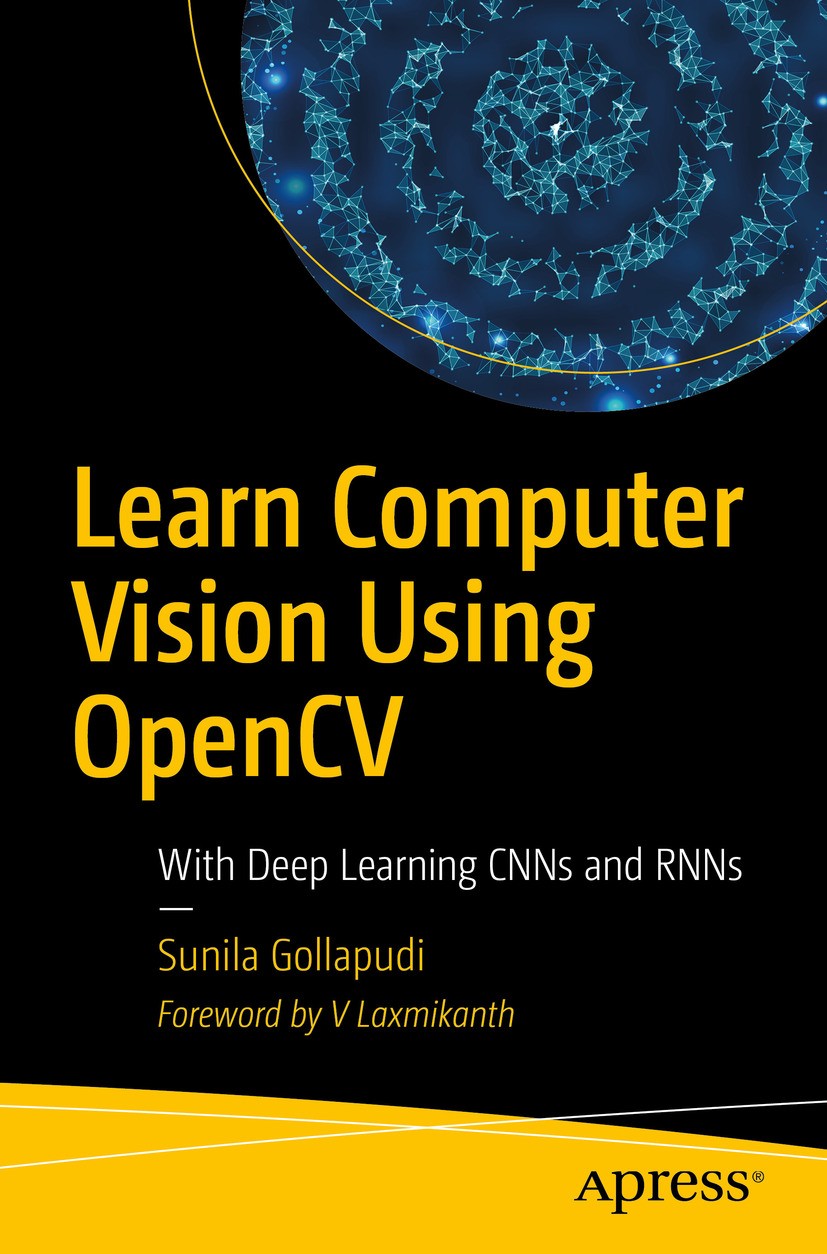| 書目名稱 | Learn Computer Vision Using OpenCV | | 副標(biāo)題 | With Deep Learning C | | 編輯 | Sunila Gollapudi | | 視頻video | http://file.papertrans.cn/583/582573/582573.mp4 | | 概述 | Helps readers get a jump start to computer vision implementations.Offers use-case driven implementation for computer vision with focused learning on OpenCV and Python libraries.Helps create deep learn | | 圖書封面 |  | | 描述 | Build practical applications of computer vision using the OpenCV library with Python. This book discusses different facets of computer vision such as image and object detection, tracking and motion analysis and their applications with examples.?.The author starts with an introduction to computer vision followed by setting up OpenCV from scratch using Python. The next section discusses specialized image processing and segmentation and how images are stored and processed by a computer. This involves pattern recognition and image tagging using the OpenCV library. Next, you’ll work with object detection, video storage and interpretation, and human detection using OpenCV. Tracking and motion is also discussed in detail. The book also discusses creating complex deep learning models with CNN and RNN. The author finally concludes with recent applications and trends in computer vision..After reading this book, you will be able to understand and implement computer vision and its applications with OpenCV using Python. You will also be able to create deep learning models with CNN and RNN and understand how these cutting-edge deep learning architectures work..What You Will Learn.Understand what | | 出版日期 | Book 2019 | | 關(guān)鍵詞 | Computer Vision; Open CV; Python; Deep Learning; Artificial intelligence; Image Segmentation; Object Detec | | 版次 | 1 | | doi | https://doi.org/10.1007/978-1-4842-4261-2 | | isbn_softcover | 978-1-4842-4260-5 | | isbn_ebook | 978-1-4842-4261-2 | | copyright | Sunila Gollapudi 2019 |
The information of publication is updating

|
|
 |Archiver|手機(jī)版|小黑屋|
派博傳思國(guó)際
( 京公網(wǎng)安備110108008328)
GMT+8, 2025-10-8 01:01
|Archiver|手機(jī)版|小黑屋|
派博傳思國(guó)際
( 京公網(wǎng)安備110108008328)
GMT+8, 2025-10-8 01:01


